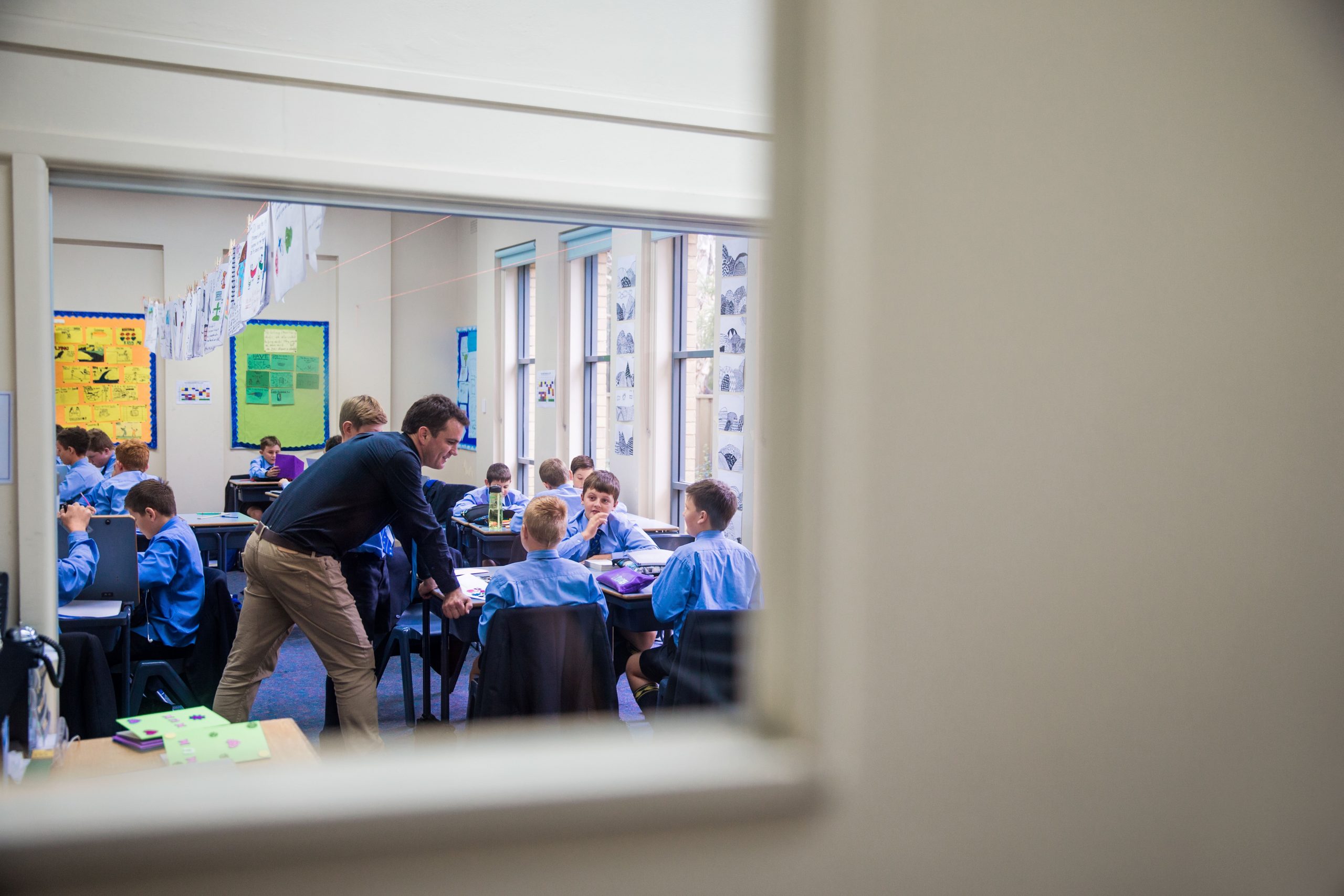- Cisco Live San Diego - that’s a wrap!
- Eufy's new smart display gives Amazon and Google a run for their money - how it works
- Your Apple Watch is getting a huge upgrade. Here are the 8 features I can't wait to use in WatchOS 26
- ClickFix Helps Infostealers Use MHSTA for Defense Evasion
- CISO’s Toolkit: Understanding Core Cybersecurity Frameworks
Healthy and Inclusive Learning Spaces

As the father of three neuro-diverse children, I’ve seen firsthand the impact that classroom conditions can have on learning.
Tackling Sensory Overload and Boosting Air Quality for Student Success
Small, overcrowded and noisy classrooms can be a real challenge for those who struggle with sensory overload.[1] A struggling child may act out simply because they lack the strategies or awareness of how to manage themselves in an overwhelming environment, impacting their education experience and outcomes.
Additionally, numerous studies have demonstrated the linkage between carbon dioxide levels and attentiveness.[2] It is also well-identified that carbon dioxide levels are a measure of room ventilation.[3] There’s much that can and should be done to ensure the learning space is not only safe but healthy and inclusive for all children.
Classroom technology has evolved dramatically over recent years. Until now, much of this has been centered around digitizing the rooms with, for example, Wi-Fi, digital projectors, screens, digital whiteboards, and casting devices. In doing so, this has also introduced more complexity for educators and increased the cost to school systems in managing and maintaining these complex environments.
Seamless Technology Integration and Real-Time Environmental Insights
Cisco Collaboration Devices have changed the classroom technology paradigm by not only digitizing but also consolidating and simplifying the classroom technology and the educator experience, as well as being easy to deploy, manage, and monitor. Furthermore, with embedded environmental sensors, fundamentals like ambient noise levels, air quality (TVOC), humidity, and temperature can be centrally monitored without additional technology, infrastructure, or specialized installations. The Cisco Meraki MT15 sensor builds upon this to monitor carbon dioxide levels, also with the benefit of not requiring dedicated infrastructure – the MT15 uses the existing Cisco Meraki MV Intelligent Cameras or MR access points as IoT gateways, both of which are widely deployed in schools around the world.
Every child deserves a safe and healthy learning environment that gives them every opportunity to reach their potential. I want to see my children succeed; I don’t want them to struggle further because the classroom doesn’t provide the inclusive learning space every child deserves. Cisco has the technology to power inclusive learning for all. Contact us to learn how we can make this happen.
Did you know you can have all our education blogs delivered directly to your inbox?
Subscribe to our Cisco Education Blog.
References
[1] Sensory overload
• van der Kruk, Y., Wilson, W.J., Palghat, K. et al. Improved Signal-to-Noise Ratio and Classroom Performance in Children with Autism Spectrum Disorder: a Systematic Review. Rev J Autism Dev Disord 4, 243–253 (2017).
• Shireen M. Kanakri, Mardelle Shepley, James W. Varni, Louis G. Tassinary, “Noise and autism spectrum disorder in children: An exploratory survey”, Research in Developmental Disabilities, Volume 63, 2017.
• Beth Pfeiffer, Shelly Raee Erb & Laura Slugg (2019) Impact of Noise-Attenuating Headphones on Participation in the Home, Community, and School for Children with Autism Spectrum Disorder, Physical & Occupational Therapy In Pediatrics, 39:1, 60-76, DOI: 10.1080/01942638.2018.1496963.
[2] Ventilation: Impact on Attentiveness and Performance
• Ben Knight, “Poor air quality in classrooms detrimental to kids’ wellbeing and learning”, UNSW Sydney, published 14 April 2021
• Pawel Wargocki, Jose Ali Porras-Salazar, Sergio Contreras-Espinoza and William Bahnfleth, “The Relationship Between Classroom Air Quality and Children’s Performance in School”, Building and Environment Volume 173 2020, Article 106749, published 15 April 2020.
• Bogdanovica S, Zemitis J, Bogdanovics R. The Effect of CO2 Concentration on Children’s Well-Being during the Process of Learning. Energies. 2020; 13(22):6099.
• Petersen S, Jensen KL, Pedersen AL, Rasmussen HS. The effect of increased classroom ventilation rate is indicated by reduced CO2 concentration on children’s performance of schoolwork. Indoor Air. 2016 Jun;26(3):366-79. doi: 10.1111/ina.12210. Epub 2015 Apr 27. PMID: 25866236.
[3.] Chatzidiakou L, Mumovic D, Summerfield A. Is CO2 a good proxy for indoor air quality in classrooms? Part 1: The interrelationships between thermal conditions, CO2 levels, ventilation rates, and selected indoor pollutants. Building Services Engineering Research and Technology. 2015;36(2):129-161. doi:10.1177/0143624414566244.
Share:

